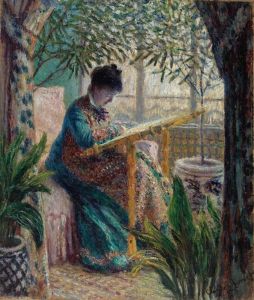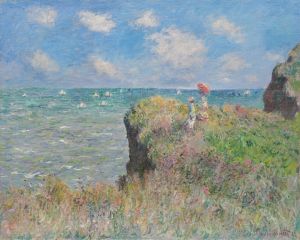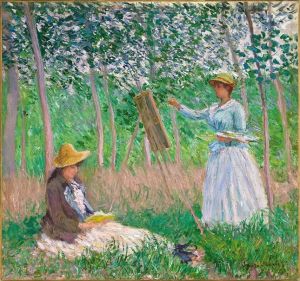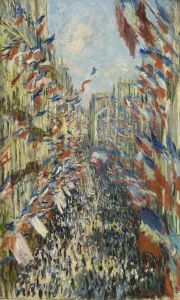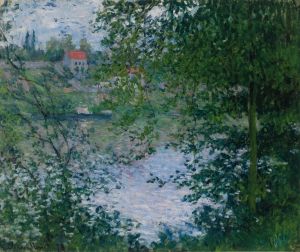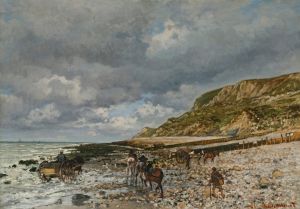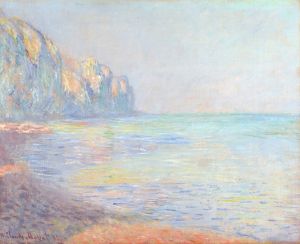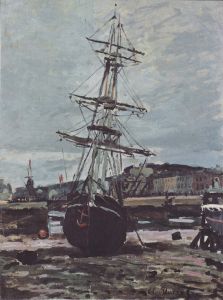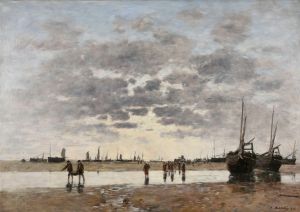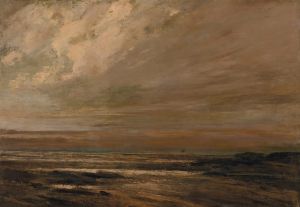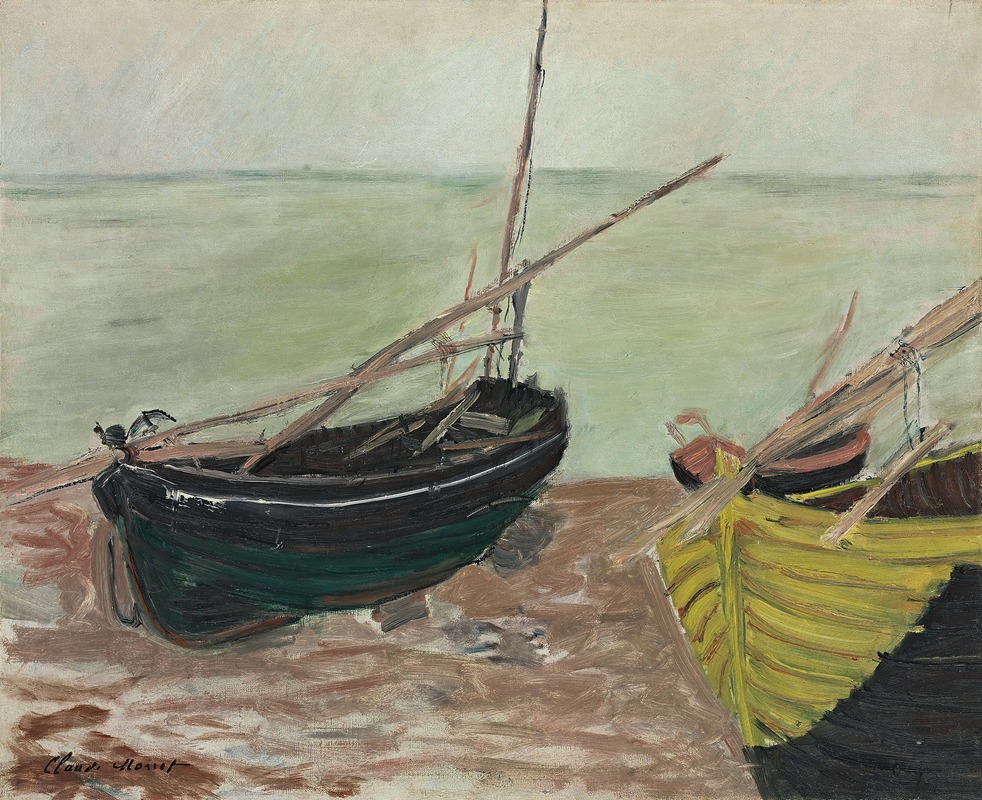
Étude de bateaux sur la plage d’Étretat
A hand-painted replica of Claude Monet’s masterpiece Étude de bateaux sur la plage d’Étretat, meticulously crafted by professional artists to capture the true essence of the original. Each piece is created with museum-quality canvas and rare mineral pigments, carefully painted by experienced artists with delicate brushstrokes and rich, layered colors to perfectly recreate the texture of the original artwork. Unlike machine-printed reproductions, this hand-painted version brings the painting to life, infused with the artist’s emotions and skill in every stroke. Whether for personal collection or home decoration, it instantly elevates the artistic atmosphere of any space.
"Étude de bateaux sur la plage d’Étretat" is a painting by the renowned French Impressionist artist Claude Monet. This artwork is part of Monet's extensive exploration of the Normandy coast, particularly the area around Étretat, a small town known for its striking cliffs and natural arches. Monet's fascination with the sea and coastal landscapes is evident in this painting, which captures the essence of the maritime environment and the interplay of light and color.
Claude Monet, born in 1840, was a leading figure in the Impressionist movement, which sought to capture the fleeting effects of light and atmosphere in a more spontaneous and vibrant manner than traditional academic painting. Monet's work often involved painting en plein air, or outdoors, to directly observe and depict the natural world. His approach emphasized the changing qualities of light and shadow, and he frequently revisited the same locations to capture different times of day and weather conditions.
The painting "Étude de bateaux sur la plage d’Étretat" is believed to have been created during one of Monet's visits to Étretat in the early 1880s. During this period, Monet produced a series of works focused on the dramatic cliffs and the beach at Étretat, which were popular subjects for many artists of the time. The painting depicts boats on the beach, a common sight in this fishing village, with the sea and cliffs forming a backdrop.
Monet's technique in this painting reflects his Impressionist style, characterized by loose brushwork and a focus on capturing the effects of light. The composition likely includes a dynamic interplay of colors, with the blues and greens of the sea contrasting against the earthy tones of the boats and the beach. The cliffs, a prominent feature of Étretat, may be suggested in the background, providing a sense of place and context.
Monet's works from Étretat are celebrated for their ability to convey the atmosphere and mood of the coastal environment. His paintings from this series often highlight the transient nature of light and weather, capturing moments that are both specific and universal. "Étude de bateaux sur la plage d’Étretat" fits within this context, offering viewers a glimpse into Monet's artistic vision and his ability to transform a simple scene into a study of color and light.
Monet's time in Étretat was part of a broader pattern of travel and exploration that defined his career. He sought out various locations across France and beyond, each offering unique opportunities to study the effects of light and atmosphere. His work in Étretat is particularly noted for its focus on the interaction between the sea and the land, as well as the human elements that inhabit these spaces.
Today, Monet's paintings from Étretat, including "Étude de bateaux sur la plage d’Étretat," are appreciated for their innovative approach and their contribution to the development of modern art. They continue to be studied and admired for their technical mastery and their ability to evoke the beauty and complexity of the natural world. Monet's legacy as a pioneer of Impressionism is firmly established, and his works remain influential in the art world.





